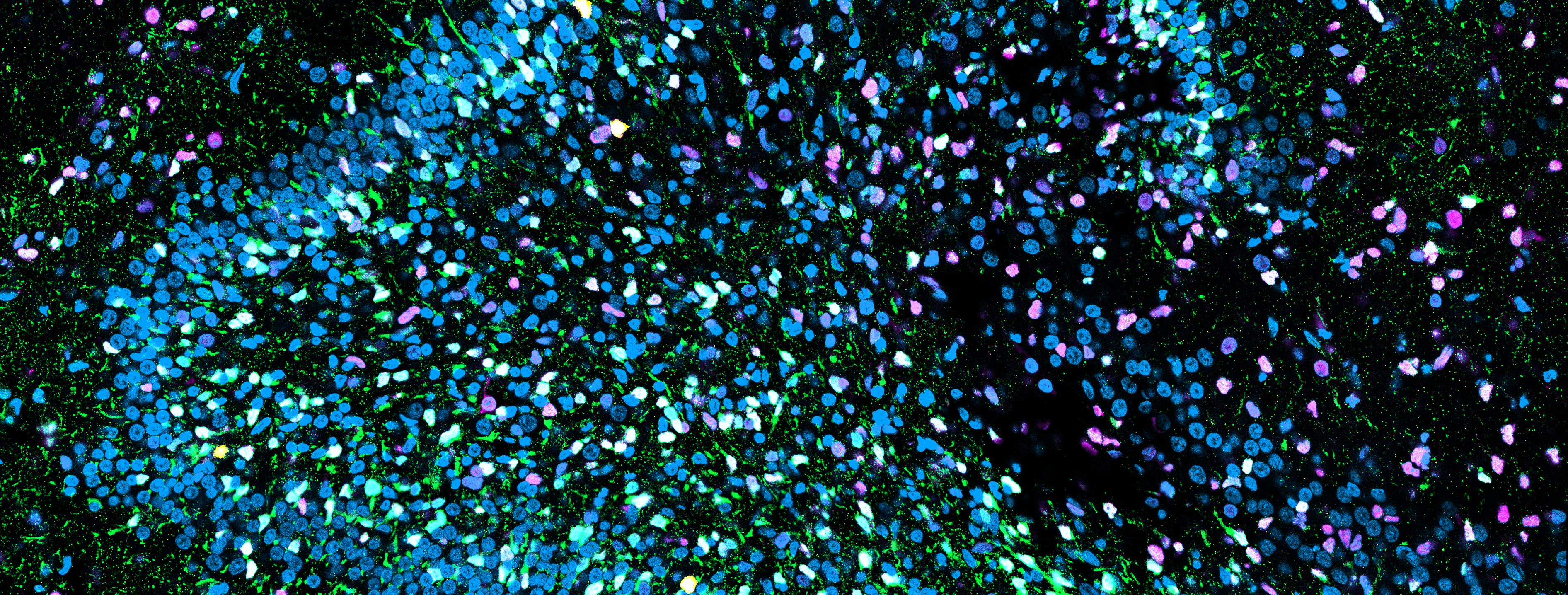Speaker
Description
Neurons are capable of adapting their gene expression in response to electrical signals, converting synaptic activity into dynamic and lasting functional changes. This activity-dependent transcription is tightly regulated by neuronal firing and specialized pathways, shaping neural circuits and synaptic plasticity (Greenberg et al., 2018). Sustained hyperexcitability can lead to several pathologies, both during developmental stages as well as in the mature brain, including epilepsy. However, the precise impact of prolonged hyperexcitability on cellular composition and gene regulation is not well understood. Here, we use iPSC-derived cortical organoids - an in vitro model mirroring key aspects of human cortical development (Velasco et al., 2019) - to investigate how hyperexcitability alters cell populations and gene networks at single-cell resolution. KCl-induced hyperexcitability is a commonly used approach to study aberrant neuronal activity in vitro, while TTX/5AP provides a baseline for comparison. Our computational analyses relies on a metacell-based approach (SEACells) to compare TTX/5AP and KCl conditions in human cortical organoids, minimizing technical noise and enhancing lineage-specific resolution. Pseudotime analysis allows us to capture gene expression shifts across progenitor stages, and by applying variational autoencoders (scPoli, scArches), we mapped organoid cell states to developing human cortex datasets to reveal parallel trajectories in progenitor cell differentiation and neuronal maturation.Our preliminary analyses highlighted selective susceptibility of specific lineages under sustained activity, suggesting dynamic changes in early cell fate. Pseudotime analysis revealed key gene expression shifts in progenitor and immature neuron populations, while functional pseudo-bulk analysis identified putative immediate-response regulons. Overall, these findings reveal that KCl-induced activity modulates transcription factors and pathways crucial for cortical development and synaptogenesis. Integrating metacells differential expression and VAE comparative mapping, we uncover potential mechanisms linking hyperexcitability to neurodevelopmental disorders like infantile epilepsy. This framework integrates multi-omics data, enabling a deeper exploration of hyperexcitability’s regulatory architecture in organoids at single-cell resolution.
| Author(s) | *¹Illia Simutin, *¹Davide Franzone, ¹Sara Mancinelli, ¹Elena Florio, ¹Monica Tambalo, ¹Simona Lodato |
|---|---|
| Affiliation(s) | "1. Department of Biomedical Sciences, Humanitas University; Pieve Emanuele, 20090 (MI), Italy" |

